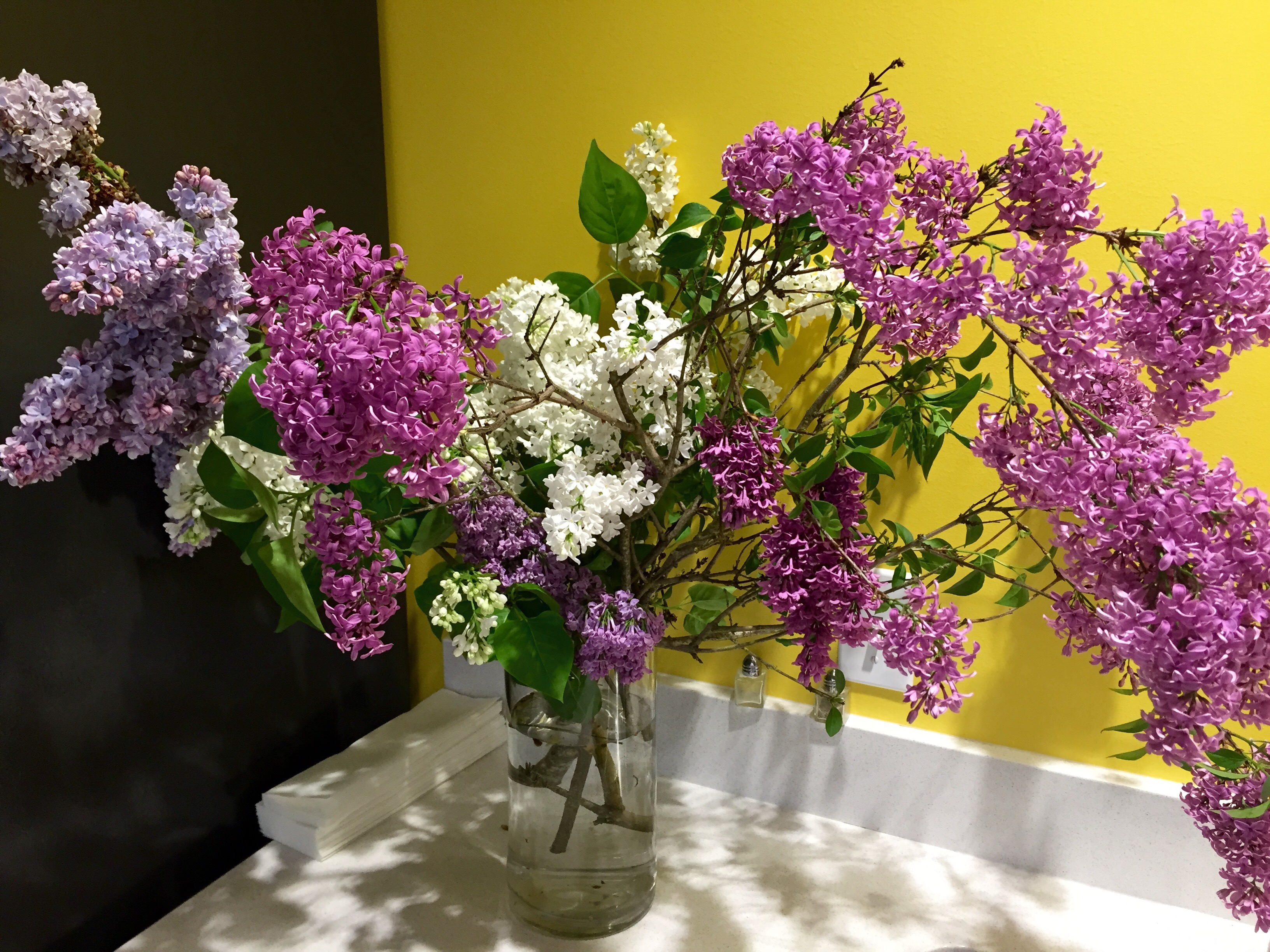Gardening guru Ciscoe Morris offers advice for growing lilacs.
Lilacs are among the most beloved and popular shrubs, but they sometimes can be disappointing. That's because they often take a long time to begin blooming after planting, and once they do finally begin flowering, before you know it, they grow tall with most of the blooms occurring out of reach in the top third of the shrub.
Lilacs sometimes don't bloom for up to 15 years after you plant them. If you have one that won't bloom, you can sometimes encourage blooming to start by digging it up in June (the worst possible time to transplant a deciduous shrub), pull it out of the hole and replant it right back in the same spot. That will stress the living tweetle out of the plant making it think it might die. Plants know they are on earth to reproduce, so heavily stressed lilacs usually set blooms in order to go to seed and reproduce in order to leave someone behind to remember them if they kick off. Usually they begin blooming the next spring. Of course, this operation can kill your lilac, so only do this if you're desperate, and make sure to water like mad until the plant recovers.
When you buy a new lilac, the only pruning needed is to cut back overly long stems to nodes farther back on the branch to promote bushy growth. Once flowering begins, however, annual pruning is needed to control for height and promote heavier blooming. Soon after the flowers fade, remove the spent flower by cutting back to a pair of leaves or a side branch slightly farther down on the stem. Removing the spent flowers before they are able to set seed will prevent the tree from wasting energy ripening seed, which will encourage increased flower bud production while helping keep the tree from growing too tall. If your lilac is already taller than desired, right after the blooms fade cut back a few of the tallest stems to vigorous side branches a third or more of the way down the branch. Remember, however, that blossoms are produced on previous season's growth, so don't cut too many branches down hard or you'll pay for the reduction in size with reduced flowering the following spring.
If you're in the market for a lilac, keep in mind that there are new dwarf varieties available, including the repeat bloomer 'Boomerang' that tend to stay much lower in height and, with yearly pruning, can easily be kept under 6 feet tall. 'Boomerang' blooms on old and new wood. If you deadhead by removing the old flowers it usually re-blooms one or even two times in a season. Remember to plant lilacs in full sun. Once established they need very little water. In fact, they bloom better if you keep them a bit stressed. So prune every spring, and give your lilac some tough love, and especially if you grow a 'Boomerang' your lilac should produce lots of flowers and provide wonderful fragrance in your garden!
Gardening with Ciscoe airs Saturdays at 1:30pm on KONG and Sundays at 11:30am on NWCN.
Visit www.ciscoe.com for more info.


